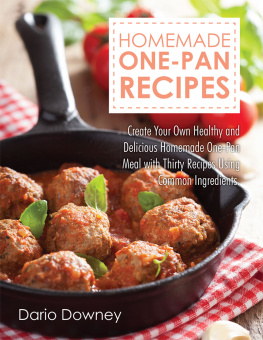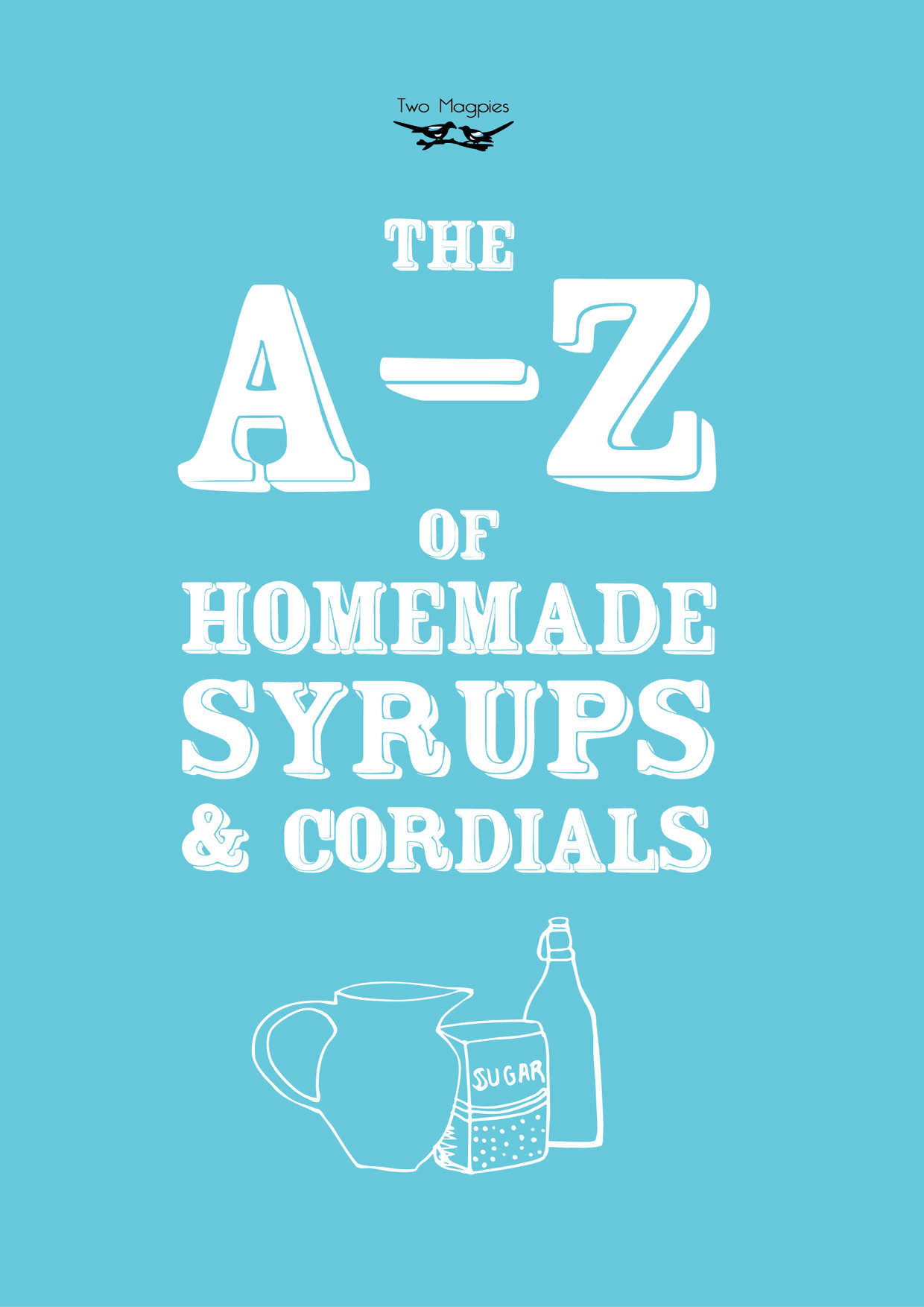
Copyright 2013 Two Magpies Publishing
An imprint of Read Publishing Ltd
Home Farm, 44 Evesham Road, Cookhill, Alcester, Warwickshire, B49 5LJ
Commissioning Editor Rose Hewlett
Words by Amelia Carruthers
Design and Illustrations by Zo Horn Haywood
This book is copyright and may not be reproduced or copied in any way without the express permission of the publisher in writing.
British Library Cataloguing-in-Publication Data A catalogue record for this book is available from the British Library.

Commissioning Editor Rose Hewlett
Words by Amelia Carruthers
Design and Illustrations by Zo Horn Haywood
Contents
Introduction
It is incredibly easy to make syrups and cordials at home. Essentially the process involves steeping or cooking your chosen ingredients in liquids waiting straining and then consuming! Cordials are the historical descendants of herbal medicines; they were made in Italy as early as the thirteenth century and were often prepared by monks and other healers. Nowadays, syrups and cordials are made worldwide and served in many ways: by themselves, poured over ice or ice-cream, with cocktails or with any manner of dessert. Some are prepared by infusing certain woods, fruits or flowers in water, and adding sugar or other items, and yet others are distilled from aromatics.
To make a syrup or cordial, the preliminary ingredients are usually cooked, be it spices, vanilla, flowers, caramel, peppermint, fruits, coffeeetc. with a basic syrup, consisting of roughly equal amounts of sugar and water. The mix is then brought to the boil, simmered for a further twelve to twenty minutes and taken off the heat. It is then strained if necessary. This rough guide will of course change from recipe to recipe, though it is a good place to start. The wonderful thing about making your own homemade products is the fun one can have with creating customised labels and garnishes to the finished bottles (think berries, citrus zest, herb sprigs) a perfect present as well as personal treat. We hope that the reader is inspired by this book to start making their own syrups and cordials, a delicious as well as rewarding pastime. Enjoy.
Amelia Carruthers
Equipment and Preparation
The equipment needed for cordial and syrup making is rather basic, and you may already have most of it around the house. You will need saucepans, any earthenware or non-porous bowls and either glass or plastic bottles (size and amount dependent on the batch size you are intending), as well as material (usually muslin) for straining. When you have cooked the ingredients in a saucepan (heavy bottomed jam boilers work best), you may find it useful to purchase a stand or tripod, from which to leave the mixture to strain overnight. This is by no means necessary though, and a sieve and wooden spoon would work just as well for smaller batches! Although the types of saucepans, bowls and bottles you will need to make cordials with are not difficult to find, it is important that you take the time to get your equipment ready before you start making your first batch.
Always ensure the fruits that you use in your syrup or cordial recipes have been washed thoroughly, especially if they have been gathered from low hedgerows, or bushes that are near roads. If the fruits have pips or cores, you may wish to remove these before cooking, as some may leave a bitter taste to the final product. Some however, such as rosehips are perfectly fine to add whole; just remember to strain thoroughly before the final stages
All the recipes in this book will use roughly 500g of fruit (if this is the main ingredient), which should produce roughly 700ml of syrup / cordial. The amount of syrup and cordial you produce will depend on how strong you wish the end result to be. Some people prefer much thicker, viscous syrups, whilst others will only be looking for a lightly flavoured cordial. Other ingredients such as lavender, cinnamon, aniseed or ginger will require less primary ingredient though, as their natural flavours are so strong. Have fun experimenting and just use what youve got!


A is for... Aniseed
The distinctive taste of aniseed, from the anise flower, is the perfect ingredient to use in a cordial. You will only need a little, as the aniseed flavour really comes through in this drink. Diluted with a little water, this makes a wonderful alcohol-free aperitif, much like the traditional French beverage, Pastis. Enjoy as a refreshing mid-day drink, or as a before-dinner palate cleanser!
Aniseed Cordial
Ingredients
30g Aniseed
225g Sugar
1 litre of Water
Method
- This is such a simple recipe to make: In a heavy-bottomed saucepan, gently heat all the ingredients until the sugar has dissolved. This should take about ten minutes.
- Strain the liquid through a clean muslin cloth.
- Pour into sterilised bottles to store and keep in the fridge or freezer.

B is for... Blackberry
When making cordials and syrups the soft fruits are a great place to start. Blackberries are wonderful little fruits, found all over England, most often growing wild in hedgerows. During the autumn months when they are in abundance, why not gather some up to make this delicious fruit cordial. Make sure you rinse the fruit thoroughly before you get started.
You could also try using Blackcurrants - just add a little more sugar to these small, slightly tart berries. And why not experiment with Blood Orange Syrup? - Mixed with sparkling water or wine, it is a delightful pick-me-up for a hot summers day.
Blackberry Cordial
Ingredients
500g Blackberries
Cold Water (to cover)
150g Caster Sugar
1 Cinnamon stick
1 Lemon
Method
- Take your (washed) berries and place them in a large saucepan.
- Pour over the boiling water and cook until the berries start to release their juice. You can mash the berries to aid this juice extraction.
- Strain off the berries through a clean muslin cloth.
- Add the sugar, lemon juice and cinnamon (again, to taste) and boil for around fifteen minutes (or until the sugar has completely dissolved), skimming off any scum.
- Carefully bottle the cordial, seal and store in the fridge.

C is for... Cherries
Cherries and syrups are a match made in heaven! The sweet flavour and vibrant colour of these little stone fruits make them the perfect fruit to use as a base in a syrup. The juice of cherries is wonderfully sweet and slightly syrupy in consistency, lending itself perfectly to this recipe. Cherries are in season during July in the UK, so this is a great recipe to try in the summer. Try adding the syrup to champagne, for a perfect cherry bellini.
















